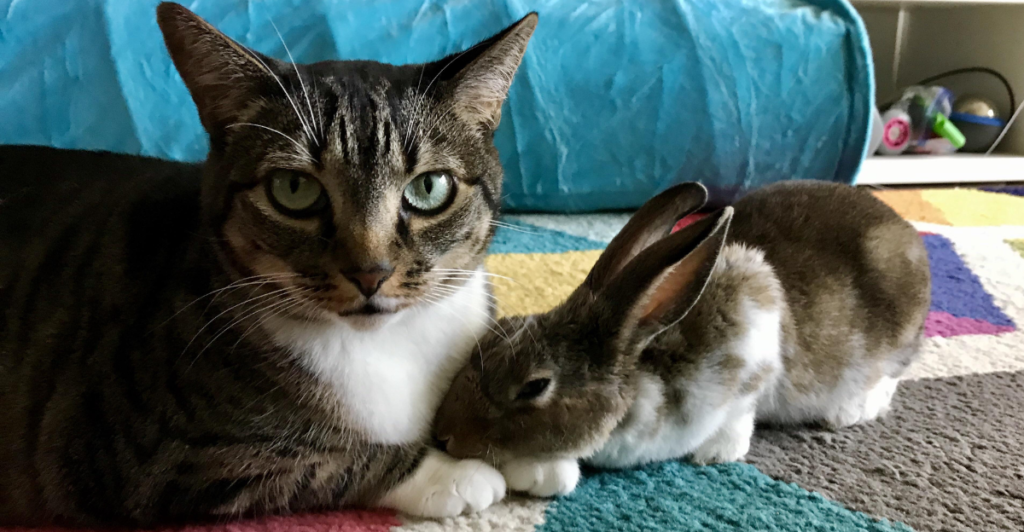
Cats may rule the house, but not every pet is willing to bow to their reign. While some animals make great companions for feline friends, others can lead to constant chaos—or worse, serious danger. Whether it’s due to predatory instincts, territorial behavior, or just a major personality clash, certain pets simply don’t mix well with cats. If you’re a cat owner, here are ten animals you should think twice about bringing home!
1. Exotic Birds
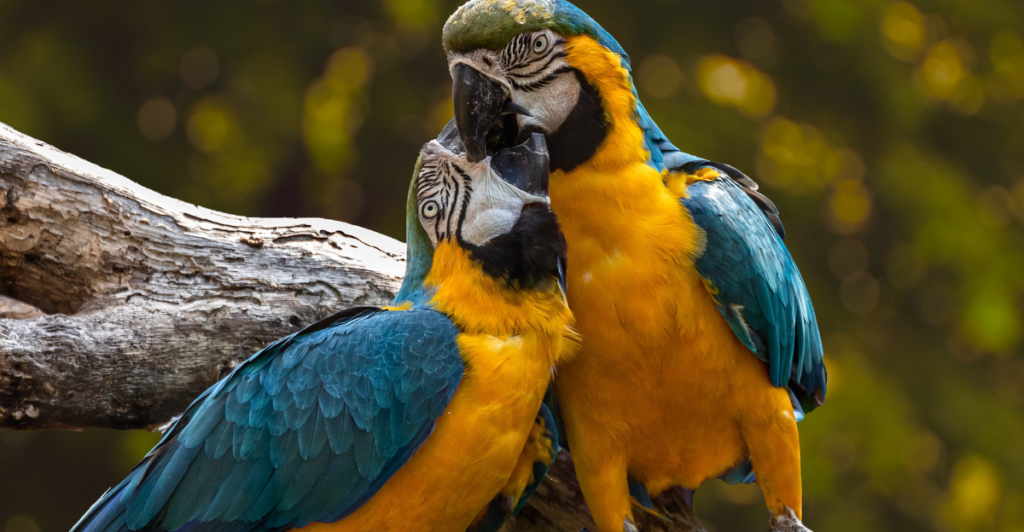
Cats and birds have been natural enemies for millennia, but the danger isn’t one-sided. While cats see parrots, cockatoos, and other exotic birds as prey, these intelligent, territorial birds can fight back. Large parrots like macaws have powerful beaks capable of delivering a bone-crushing bite, and cockatoos can be aggressive if they feel threatened.
Additionally, a cat’s mere presence can cause extreme stress for birds, leading to health issues. Even if your cat doesn’t actively hunt the bird, the constant stalking can lead to anxiety-related illnesses, feather-plucking, or even death from shock. On the flip side, loose birds have been known to peck at cats, potentially injuring their eyes or noses. While some pet owners manage to keep both species under one roof, the risks often outweigh the rewards.
2. Small Rodents

It’s no surprise that hamsters, guinea pigs, and mice don’t pair well with cats, but the real issue goes beyond the obvious predator-prey dynamic. Even if your cat never physically harms a small rodent, the stress of simply being in the same environment can take a serious toll.
Studies have shown that rodents exposed to predator scents, such as cat dander, experience increased cortisol levels, leading to chronic stress and reduced lifespans. The constant fear of attack can cause them to stop eating, avoid movement, or even die from stress-related conditions. Some people attempt to keep them in secure enclosures, but cats are notorious for pawing at cages, knocking them over, or simply staring at their potential prey for hours, creating an environment of relentless anxiety.
3. Reptiles
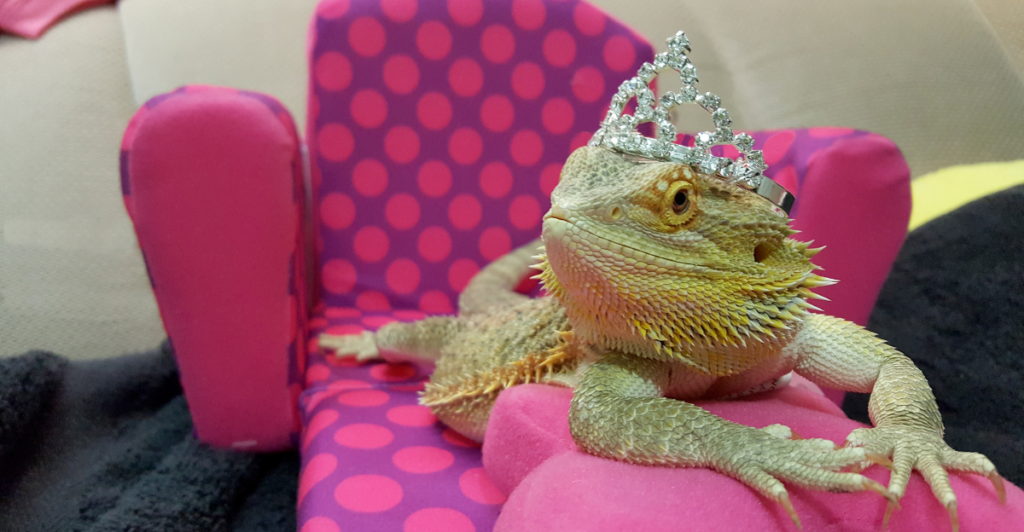
Cats are curious by nature, and that curiosity can spell disaster when it comes to reptiles. Many people assume their cat will see an iguana, bearded dragon, or snake as a harmless novelty, but the reality is far more complex. Large reptiles like iguanas can deliver painful tail whips, which have been known to break bones in extreme cases. Snakes pose an even more unexpected risk—certain species, particularly larger constrictors, can suffocate small cats if given the chance. Even smaller, non-venomous snakes may strike at a cat if they feel threatened.
Additionally, reptiles carry Salmonella, a bacteria that can be harmful to both humans and cats. If your feline decides to lick or paw at a reptile, they could inadvertently ingest harmful bacteria.
4. Fish Tanks

A shimmering fish tank may seem harmless, but for a cat, it’s an interactive hunting ground. Cats are naturally drawn to moving fish and the sound of bubbling water, which can lead to unexpected accidents. An uncovered or poorly secured tank invites disaster—cats may try to scoop out fish with their paws, jump onto the lid and fall in, or even knock the entire setup over.
This not only endangers the fish but also puts the cat at risk of drowning or electrocution from tank equipment. Even if the tank is well-secured, a determined cat can stress out fish simply by hovering over them, which can lead to weakened immune systems and premature death.
5. Ferrets
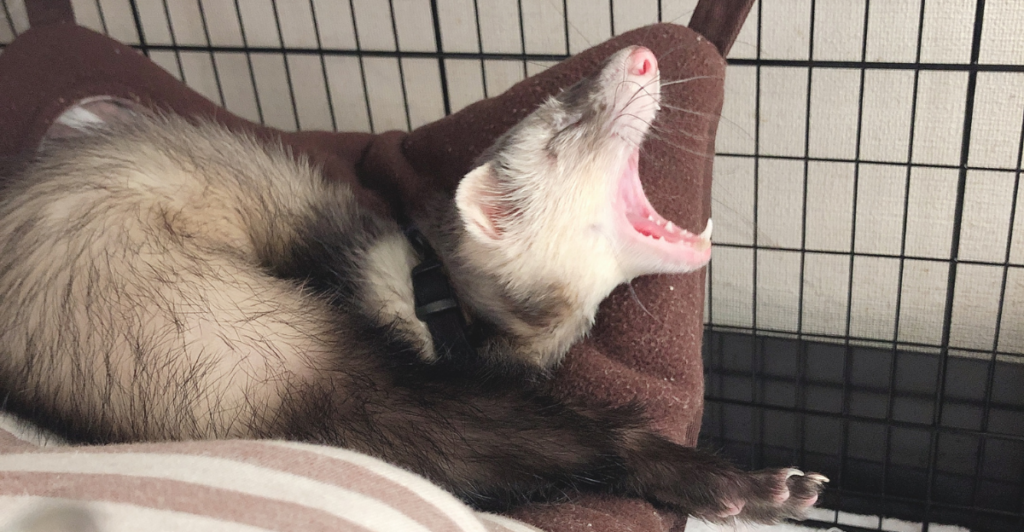
Ferrets and cats both have mischievous personalities, but their interactions can quickly turn dangerous. Ferrets are relentless, playful creatures that often engage in roughhousing, but unlike cats, they lack retractable claws, making their play more intense. A ferret’s sharp teeth and aggressive pouncing can lead to serious injuries for a cat, especially if a fight escalates. On the other hand, a larger or territorial cat may see a ferret as prey and attempt to attack.
Additionally, ferrets have a strong musky scent that can trigger predatory instincts in some cats. Unlike other small animals, ferrets won’t back down from confrontation, leading to an ongoing battle for dominance. Some people claim their cats and ferrets get along, but many report injuries, stress, and even tragic encounters.
6. Sugar Gliders
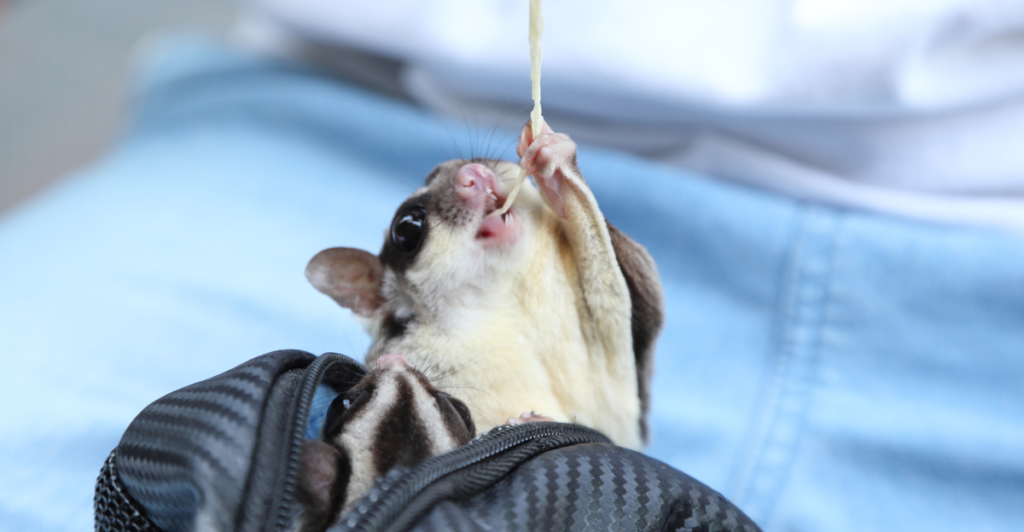
Sugar gliders may look like adorable pocket-sized companions, but their delicate nature makes them a terrible match for a cat household. These tiny marsupials are easily injured, and even a playful swipe from a cat’s paw can cause fatal damage. Their skin is extremely fragile, and a small puncture wound can lead to serious infections.
Additionally, sugar gliders are nocturnal, meaning they are most active when cats are winding down for the night. The movement and sounds of a sugar glider gliding around a room can trigger a cat’s hunting instincts, leading to potential attacks. Even if kept in a secure enclosure, the constant stress of having a predator nearby can negatively impact a sugar glider’s health.
7. Rabbits
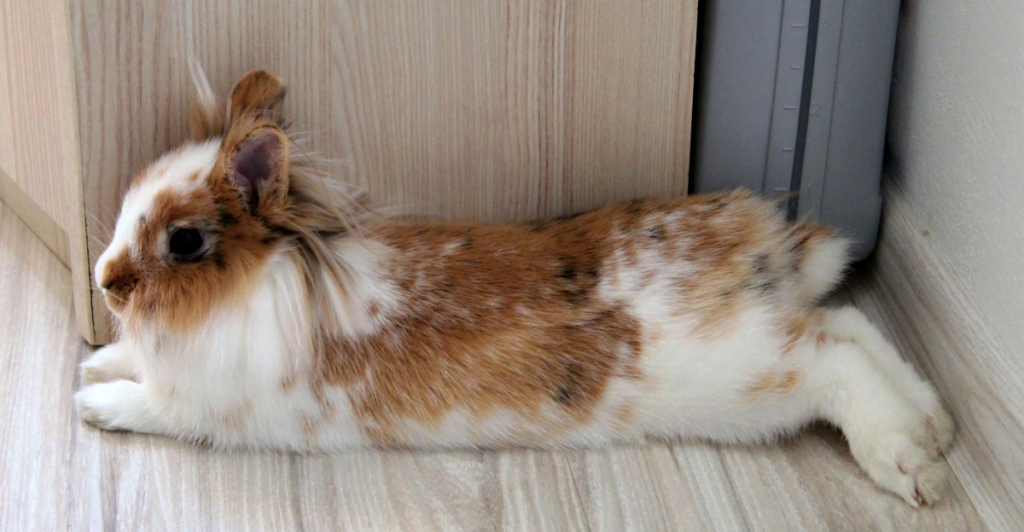
Many assume rabbits and cats can peacefully coexist, but this pairing often leads to conflict. While some rabbits are docile, others are territorial and aggressive, particularly large breeds. A frightened rabbit can deliver powerful kicks with their hind legs, capable of breaking a cat’s ribs or causing serious injury.
Additionally, rabbits are prey animals, and even if a cat never attacks, its mere presence can create chronic stress, leading to a decline in the rabbit’s health. In some cases, the tables turn—bold rabbits have been known to chase and nip at cats, leading to an ongoing cycle of hostility. While some cat owners have successfully introduced rabbits into their homes, this pairing requires extreme caution and careful supervision.
8. Tarantulas
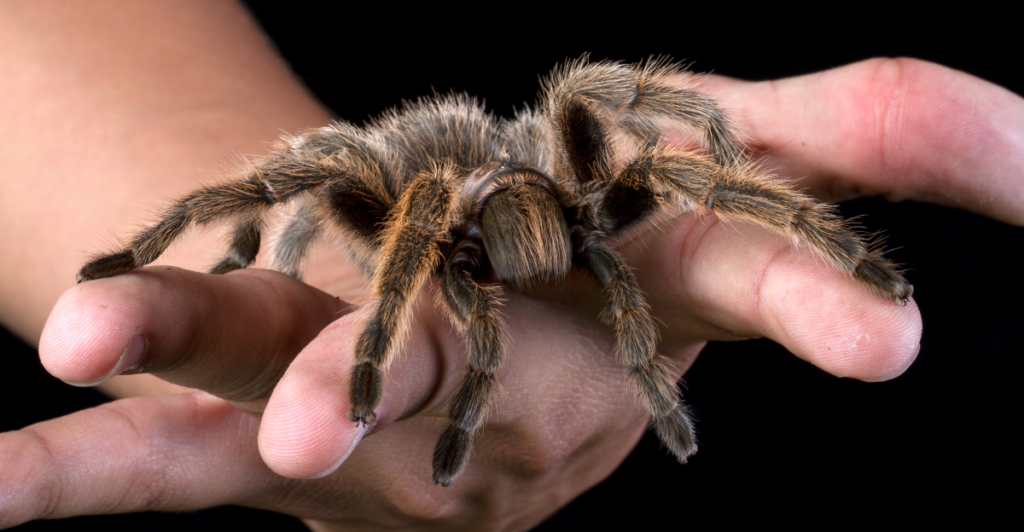
Cats are natural hunters, making a slow-moving tarantula an irresistible target. However, this is a battle where neither pet wins. Tarantulas are fragile and can die from a single swat, but they also pose a surprising risk to cats. Many tarantulas have venomous bites that, while not deadly to cats, can cause pain and swelling.
Even more concerning are urticating hairs—tiny, barbed hairs that some tarantulas flick at threats, causing severe irritation to a cat’s eyes and nose. If a cat decides to eat a tarantula, it could suffer gastrointestinal distress or worse. While exotic pet lovers might enjoy keeping tarantulas, cat owners should think twice before bringing one home.
9. Chickens and Ducks
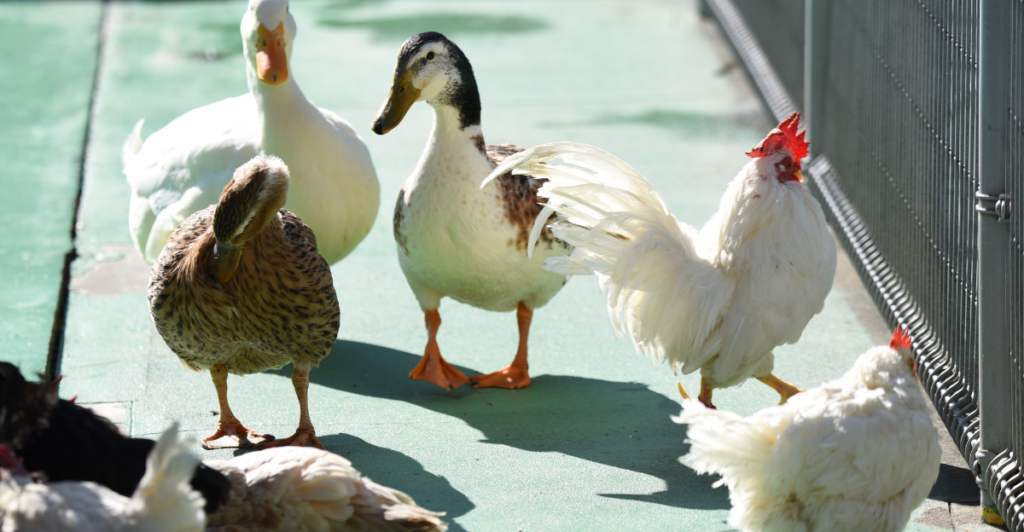
Keeping outdoor cats and backyard poultry together may seem unconventional, but many people attempt to manage both. It’s important to recognize that while cats can prey on chicks and ducklings, adult poultry can also exhibit surprisingly aggressive behavior. Roosters and drakes, for instance, can attack cats using their sharp beaks and spurs, which can result in significant injuries. Furthermore, poultry droppings can harbor bacteria such as Salmonella, which cats might ingest during their explorations in the yard.
While some cats may learn to avoid chickens, others may view them as an engaging source of entertainment or potential prey, leading to stress and conflict. Therefore, without a secure method to keep these two groups separate, having cats and chickens together can pose considerable risks.
10. Hedgehogs
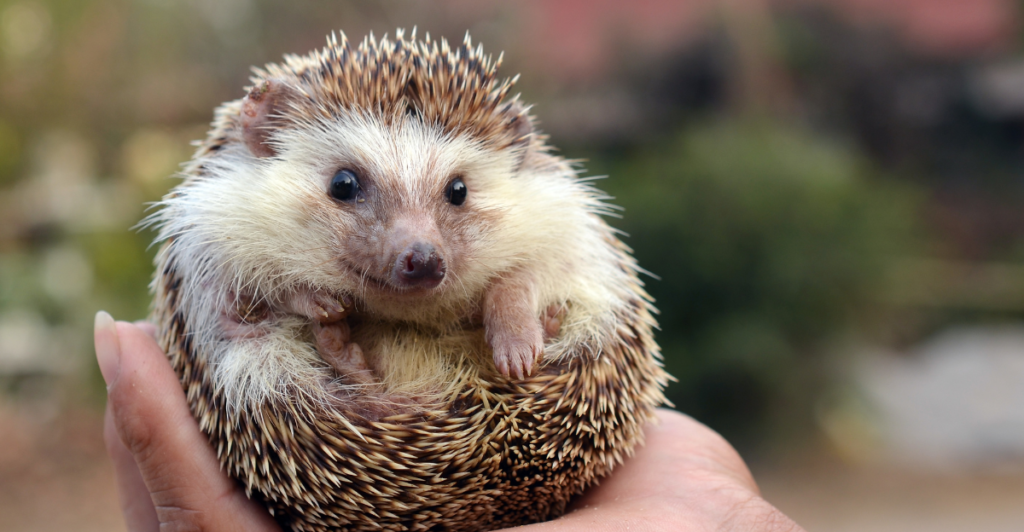
Hedgehogs are charming creatures, but they pose risks when interacting with domestic cats. Their sharp quills can cause serious injuries if a cat tries to swat at or bite them, especially around sensitive areas like the nose or paws. This can result in painful puncture wounds, potential infections, and higher veterinary costs.
Hedgehogs are mainly nocturnal, becoming active at night when cats are usually settling down. This can disrupt a cat’s sleep and behavior, potentially causing stress. While some cats and hedgehogs may coexist peacefully, this is rare. The risks of injury and stress for both animals make a harmonious relationship unlikely in most cases. Therefore, pet owners should exercise caution when considering introducing hedgehogs into homes with other pets.
Explore more of our trending stories and hit Follow to keep them coming to your feed!

Don’t miss out on more stories like this! Hit the Follow button at the top of this article to stay updated with the latest news. Share your thoughts in the comments—we’d love to hear from you!







